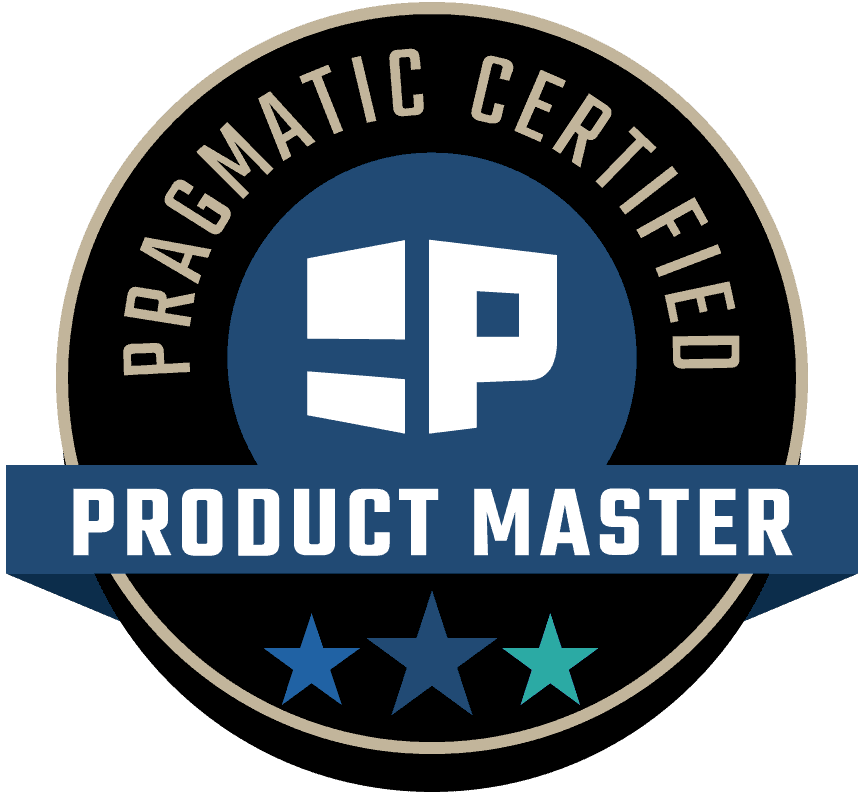Table of contents
Explore more on marketing measurement in these courses.
The Complete Guide to Marketing Measurement
Everything you do in your business ties back to building awareness and brand reputation, retaining and acquiring customers and growing revenue. It’s not always easy to measure the impact of your marketing efforts based on these factors alone.
Marketing measurement is crucial as you demonstrate how your work contributes to your company’s success. When you understand what to measure and how to interpret those measurements, you can be the marketing leader your company needs you to be.
As you incorporate measurements as part of your marketing plan, it’s vital to remember that not every measurement matters. Focus on measurements that are relevant and transparent and that impact financial results. Improve your understanding of measurement and metrics with this detailed guide.
What is measurement in marketing?
In marketing, measurement is a tool that gives companies important data about your product marketing programs. Marketers and businesses can use this information to ensure that marketing programs align with corporate goals. Marketing teams will need to collect information from teams throughout the company to measure and understand the impact of their various campaigns and programs.
To understand measurement in marketing, you must first differentiate between metrics and measurements. Even though many people use these terms interchangeably, they have different meanings.
- Metric: A measuring system that quantifies trends, dynamics or characteristics. Metrics encourage objectivity. They make it possible to compare, and they facilitate understanding. Think benchmarks, statistics and predictive indicators.
- Measurement: A way of monitoring and tracking the progress of strategic objectives. Measurements can be leading indicators of performance or lagging indicators. You’ll hear common measurements such as product revenue, profits, product margin and product adoption rate often referred to as key performance indicators or KPIs.
Be sure to track these three types of measurement to create reliable performance indicators:
- Rearview: These indicators include product revenue, margin and profitability measurements. They are considered “rearview” because they look to the past for their data.
- Operational: These indicators include market sensing, speed-to-market, product adoption, product launch and customer satisfaction. They are the key measurements behind driving and creating outstanding financial results.
- Activity-based: These indicators include on-site market interviews, assessing the impact on customers for existing or future products and positioning buyer personas. They are the tactical measurements that can bring your company the operational outcome you want.
Gain a deeper understanding of how these types of measurement interact.
What metrics should I be monitoring?
There are countless metrics you could measure to track product, marketing and team success. But only some give you valuable, actionable information you can use to make decisions about your products and the direction of your company. Some may look good on paper, and some may be interesting, but the ones that truly matter are those that inform your business strategy or influence the decisions your corporate leaders make. The focus for every business will be different—a SaaS business will find some metrics most pertinent, while a B2C brick-and-mortar retailer will need to measure others.
Many companies consider these measurements valuable throughout their product’s lifecycle:
- Customer acquisition cost: How much did you spend to acquire customers in a specific period compared with how many customers you acquired? This cost will likely be higher in your product’s early stages.
- Monthly recurring revenue: How much money can you expect to make in a time period from customers with subscriptions or contracts? This number should increase over time.
- Average revenue per user: How much income does each customer generate? A low number could mean that your product price is too low or your market is too small. This measurement can also help you identify high-value customers.
- Daily active user to monthly active user ratio: How engaged are your users? Changes in this ratio can inform future decisions.
- Free trial to customer conversion rate: How many people try your product and decide to buy it? This measurement can help you identify potential customers who are more likely to buy your product.
- Net promoter score: Do your customers recommend your product to friends, family or colleagues? It’s an indicator of how well you stack up to your competition.
- Customer retention rate: How well are you holding onto your customers?
- Churn rate: How many of your customers are leaving?
Review formulas for calculating these measurements and see them in use for a sample business.
Content marketers may also want to track some additional measurements:
- Consumption metrics: How many people read, viewed, listened to or downloaded this content? Did they come back for more?
- Sharing metrics: How and how often was the content shared with others? People who share content often are eager to purchase products.
- Lead-generation metrics: How often does content consumption result in a lead? How does it differ among different types of content?
- Sales metrics: Did the content earn money? How are you tracking it?
Review formulas, examples and tips for improving your numbers.
Some of the measurements that matter will change depending on where your product is in the lifecycle—development, launch, growth, maturity or decline.

Lorem ipsum dolor sit amet, consectetur adipiscing elit. Maecenas dictum mi quis lacus tempor luctus.
To ensure success in every part of the product journey, consider including these measurements.
Development
You’re building a viable solution for your user’s problems at this stage. You may want to measure:
- On-time delivery: How many product backlog items are you completing in a given time period or iteration?
- Team velocity: How much work can your team complete in a sprint, week or month?
Launch
This is the stage where you ensure your product is the right fit for your market. You may want to measure:
- User engagement: Are users finding value in your product?
- User conversion: How many visitors have signed up?
- Feature adoption and usage metrics: Which features do your users value most?
- Net promoter score: How likely are your customers to recommend your product to others?
- Customer satisfaction score: How pleased are your customers with your product?
- Product-market fit criteria: How well can you serve your target users?
Growth
In this stage you’re growing your market share, so you’re looking at differentiating your product to gain more users. You may want to measure:
- Referral rate: How many of your customers are referred by others?
- Customer acquisition rate: How many new customers do you gain in a time period?
- Percentage of market share: How much market share has your company captured?
- Churn rate: How many of your customers are leaving in a time period?
Maturity
In this stage, you want to learn what motivates your current customers to stay and how you can find new users. You may want to measure:
- Retention: This number is always important, and declines could indicate your product is moving into maturity.
- New feature development: How many are you adding in a time period?
- Adoption rate of new features: How many of your users are using them?
Decline
In this stage, you figure out whether your product can evolve or if it’s reaching the end of its lifespan. You may want to measure:
- Burn rate: How much money are you spending compared to how much you’re making?
- Monthly or annual recurring revenue: While these measurements are always important, a decreasing trend could indicate your product is in decline.
These stages overlap, and there are measurements you may want to add in earlier or continue to monitor as your product travels through its lifecycle.
Check out the Pragmatic Institute article 23 Metrics Mapped to the Product Life Cycle for a more detailed look at the key measurements for each lifecycle stage.

Lorem ipsum dolor sit amet, consectetur adipiscing elit. Maecenas dictum mi quis lacus tempor luctus.
Why is measurement important?
With measurement, you can communicate with company leaders in a language they understand. You can demonstrate how your efforts align with the company’s goals, and you can point to quantifiable measures of success. Measurement is how you demonstrate how your team is contributing to business targets and how you earn influence.
Without good measurement and measurement focused on the right metrics, corporate leaders could question whether you need the team and budget allocated to you. With it, your team performs better, outcomes are more predictable and you gain credibility. And you can use it to employ strategies, align stakeholders, gain buy-in and stay ahead of the curve.
Glean additional insight into how to use measurements to drive decisions.
What tools can I use for measuring?
Many of your measurements come down to mathematical formulas. Your calculations will stem from sources such as:- Revenue
- Expenses
- Number of leads
- Number of customers
- Number of free trial users
- Number of products or services sold
- Shares, referrals and recommendations
- Satisfaction scores
- Customer engagement survey results
- User engagement survey results
- Market share
- New features added and adopted
- Website traffic
- Search traffic
- Email subscribers and email performance
- Paid ad performance
- Backlinks
- Social media reach and engagement
- Customer engagement
- A/B testing
- Usability and customer research
Learn more about marketing measurement
When you understand metrics and measurement, you can see what’s working well for your marketing efforts and your company and where you’re facing challenges. Deepen your understanding of the measurements that matter and how to track them. Register for Pragmatic Institute’s Market course today.




